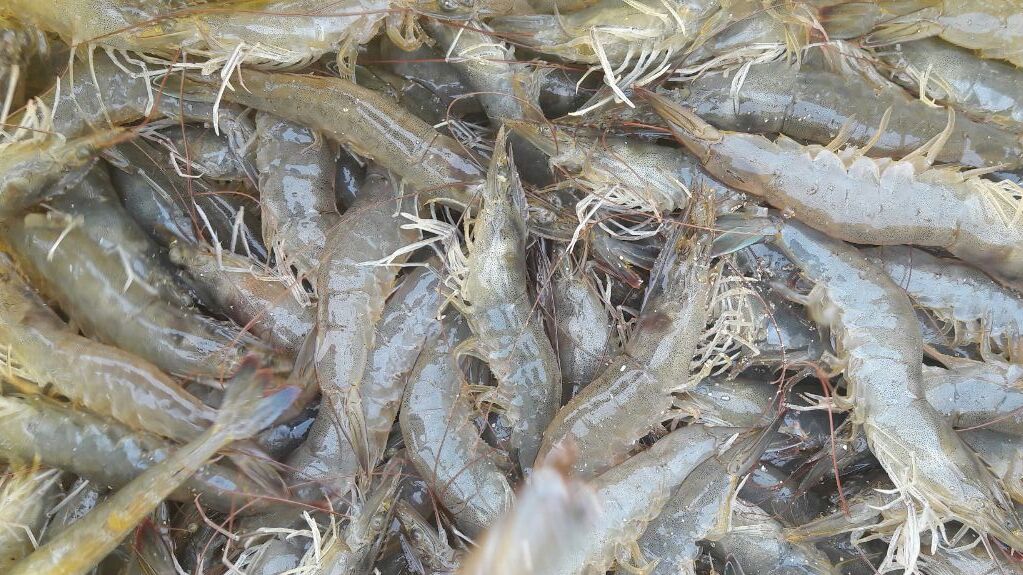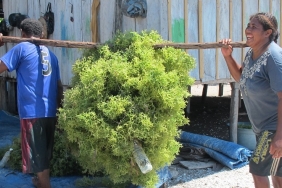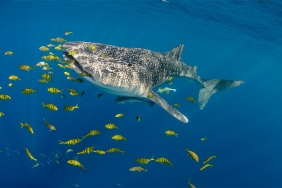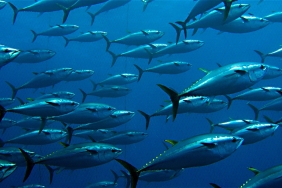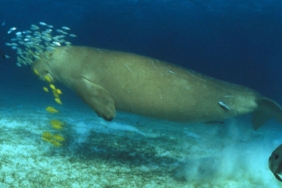SHRIMP FARMERS IN PINRANG RECOGNIZE 14 STANDARD PROCEDURES FOR POND MANAGEMENT
By: Zulkarnain (Local Facilitator of Aquaculture Improvement Program Shrimp, Pinrang)
The success of shrimp farming cannot be separated from a system that pays attention to aspects of aquaculture management and the environment. However, in practice, this management system has not been fully implemented by aquaculture businesses.
This is due to the lack of access to information to increase the capacity of farmers, as well as learning models that are still based on tradition and not systematic. Thus, many ponds have not yet produced optimal aquaculture products.
For this reason, it is necessary to increase understanding and introduction of the Standard Operating Procedure (SOP) system to traditional shrimp farming farmers.
"These SOPs basically refer to the Aquaculture Stewardship Council (ASC) shrimp standard document, which requires a system that can guarantee the management of ponds, environment and social," explained Mushadiq (WWF-Indonesia) in a meeting with PT Bomar and 8 representatives of assisted farmers in Pallameang Village, Mattirosompe District, Pinrang Regency, last Tuesday (18/07).
The discussion that day discussed 14 SOPs in the management of ponds, environment, and social. "This SOP regulates the management of the impact of ponds on the environment, the impact of ponds on social life and the guarantee of life of pond workers, as well as guarantees for the health of ponds," continued Mushadiq.
"These SOPs are a detailed version of the Wind Shrimp Aquaculture Guidelines (Better Management Practices) that have been developed by WWF-Indonesia and have been socialized previously," I added.
The fifteen SOPs in question are (1) SOP for monitoring shrimp health and growth; (2) prevention of disease spread outside the pond; (3) prevention of escaped shrimp (escape shrimp protocol); (4) handling of wild animals/predators passing or foraging in the pond; (5) chemical storage, (6) handling of wild fish pests in tiger shrimp ponds, langnga'; (7) handling of dead shrimp in ponds; (8) checking for mesh damage; (9) repairing embankments on ponds; (10) conflict resolution in communities around ponds; (11) handling complaints of pond workers; (12) handling complaints of communities around ponds; (13) SOP for calibrating water quality measuring instruments (refractometers); and (14) handling chemicals.
In general, the daily activities of pond farmers in managing their ponds are not much different from the SOPs provided. However, it is necessary to understand some additional functions and objectives of the SOP.
For example, in handling wild animals. So far, wild animals in the form of wild birds have simply been driven away by farmers. In terms of handling chemicals, so far the farmers have only used a minimal amount of chemical fertilizer and placed it under the farmer's house.
However, in some cases, farmers still do not apply methods in accordance with the SOP. For example, when handling dead shrimp, farmers only remove them and leave them to rot on the bunds. In fact, according to the SOP, dead shrimp should be buried or burned immediately to break the chain of disease spread in the pond and its surroundings. In addition, the handling of pests in the ponds is not in accordance with the SOP because they still use pesticides in eradicating barnacle pests.
The implementation of these 14 SOPs will be monitored continuously. "To make it easier, we will make a simple guide that contains all these SOPs for farmers, namely the PT Bomar Partner Farmer SOP book," said Andriatro (PT Bomar).
Not only that, a series of trainings will also be held for PT Bomar's partner farmers in Pinrang. The training will strengthen the farmers' understanding of SOPs. Starting from training on shrimp disease prevention, training on environmental management, to training on handling pond pollution. Hopefully, all these efforts will result in higher quality shrimp production from Pallameang, Pinrang, South Sulawesi.

